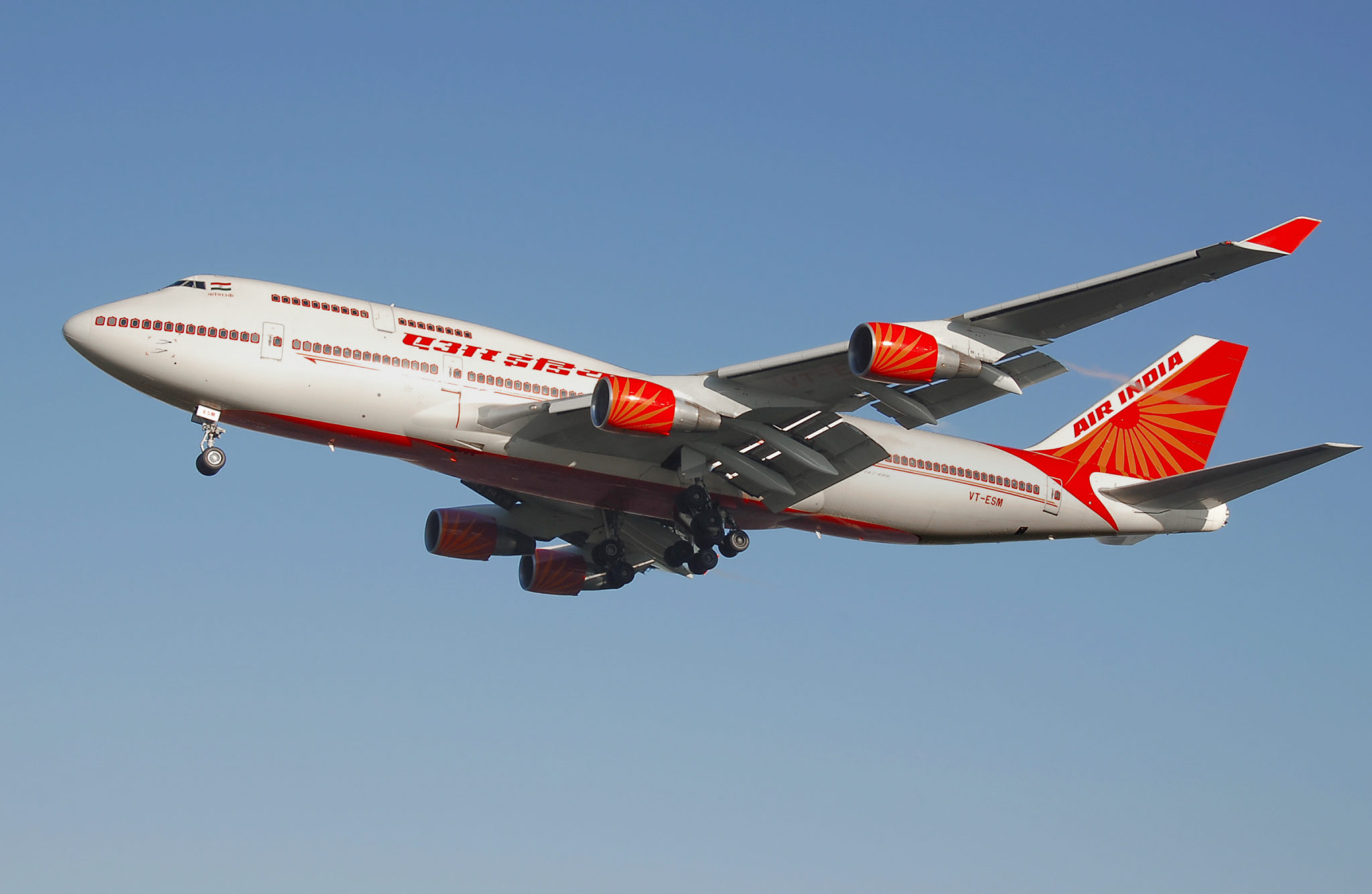In 2016, a Mumbai-Goa GoAir aircraft was grounded when instructions given by the Goa ATC were misunderstood by the foreign pilots, bringing the flight precariously close to colliding with a Spicejet.
Now, Honeywell International Inc. has developed a software that makes it easier to understand pilots who have a strong regional accent, and they plan to test the software on Indian ground.
The software will decipher accents and automatically transcribe speech related to air traffic controllers. The purpose of developing the software is to make aviation safer by avoiding misinterpretations. The move has come in the wake of the Modi government’s initiative to include smaller Indian airports in international aviation. This exposes many Indian pilots with thick regional accents, considering the 6,000 odd dialects spoken across the country.
Flight bots to provide status updates for domestic air travel in India via social media
“One of the biggest problems in India has been that we Indians don’t understand each other’s English because of the dialects,” Bloomberg quoted Neelu Khatri, president of Honeywell’s aerospace business in the South Asian nation. “This, we thought, works very well for the regional connectivity scheme, because you have regional pilots coming in, people don’t know what he said and what he understood.”
Air traffic miscommunication causes safety nightmares for the aviation industry on a global basis. We haven’t forgotten the 1996 fatal crash between a Saudi Boeing 747 and the Kazakh Ilyushin-76 near New Delhi, which claimed 349 lives. The incident was the result of miscommunication between pilots whose first language wasn’t English.
“It’s a real time problem and therefore these kind of problems don’t have ready-made solutions,” Khatri said. “We just try to put our people who can understand the problem and then try to create something.”
Honeywell employs over 3,000 aeronautical engineers in India, centered in Hyderabad, Bengaluru and Madurai. The firm is collaborating on the transcription project with Airports Authority of India (AAI).
As India’s middle class finds itself with disposable income enough to choose flight over train journeys, air traffic increases exponentially across the country. In addition, the government’s regional connectivity scheme, Udan, in which the government is offering to subsidize parts of airline losses, if they choose to fly to remote areas, is bringing about a boost in the use of dozens of unused airports. According to Bloomberg, before Udan, the use of India’s 450 airports or airstrips in regular commercial use was only one in six. Now, according to the India Brand Equity Foundation, India is expected to be the third-largest aviation market by 2020 and the world’s largest by 2030.
“Just wait for the Udan scheme to be completely successful,” Vikas Chadha, president of Honeywell India, told Bloomberg. “I can sense three years down the line, even the smallest of cities will be connected, and air force stations will be connected.”
Meanwhile, in May, Honeywell launched the Honeywell NAVITAS software suite, a new smart airport technology that helps enhance the safety and efficiency of airside operations by integrating air and ground traffic control with maintenance operations. The software is aimed to help airports accommodate growing air traffic while ensuring safety and on-time performance.
Can Technology Embrace India’s Regional Languages?
A good pilot’s accent is not only reassuring for the ATC, but also the passengers. A few years back, Sunshine, a UK travel agency, conducted a survey, which found that pilots with upper-class accents are more reassuring to passengers than a pilot with a regional twang. It was also found that pilots often poshed up their accents to make their passengers feel safer.
English became the official international aviation language, when it was recommended by the International Civil Aviation Organization (ICAO) in 1951. Currently, Aviation English comprises a vocabulary of approximately 300 words, combining regular English words with aviation jargon. While we are acquainted with some of the words like ‘roger’ and ‘mayday’, thanks to Hollywood disaster blockbusters, it also contains words like ‘squawk’, which indicates a setting on the pilot’s transponder that informs about the location on radar, and ‘wilco’, which informs a willingness to comply.
The vocabulary was created to avoid any miscommunication between pilots and air controllers that often led to accidents like the 1977 air disaster involving a Dutch captain on a flight to Tenerife. As a result, it is an absolute necessity, though not a law, to be able to speak aviation English with the correct phonetic pronunciations, and pilots are required to pass strict language tests.












